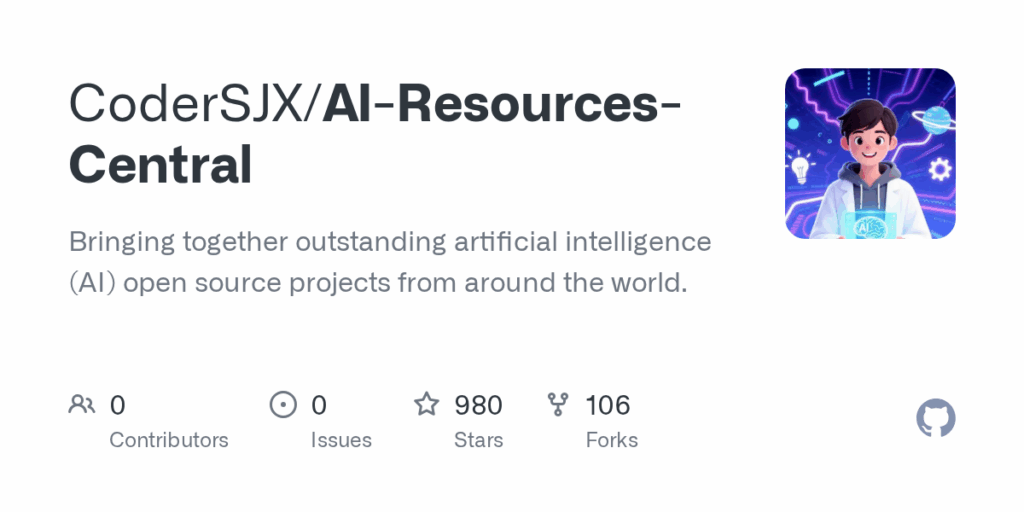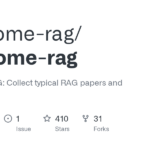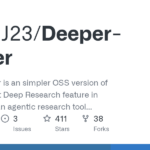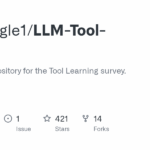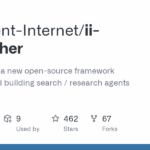AI Resources Central
Basic Information
AI Resource Central is a curated, bilingual directory that gathers notable open‚Äësource artificial intelligence projects from around the world. The README organizes hundreds of links into themed sections such as agents, prompt engineering, APIs, agent frameworks, models, RAG/document tools, inference optimization, vector databases, training, datasets, tutorials and many more. It is intended as a discovery hub for developers, researchers and enthusiasts to find projects, implementations and examples across the AI ecosystem. The repository emphasizes open source contribution, learning and practical reuse and includes metadata like badges, permalinks and a featured image. The stated goals are to build a comprehensive AI project library, promote open source participation, accelerate technical innovation and support learners at different levels. The project is licensed under MIT and includes contribution guidelines to help people add or improve entries.

